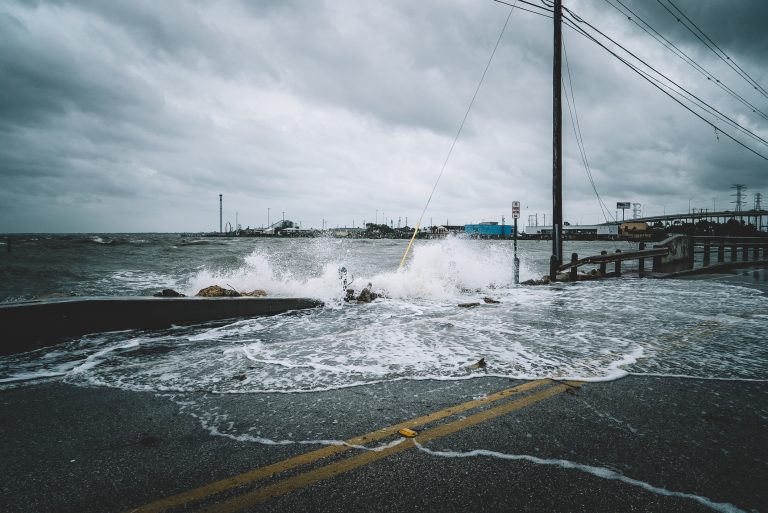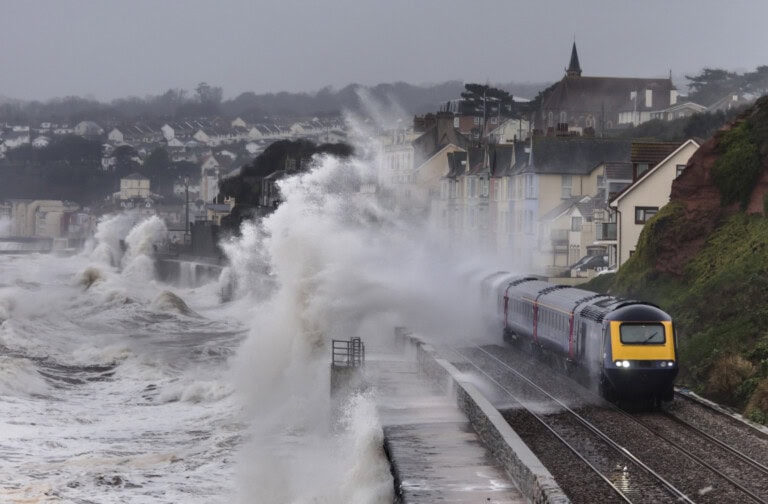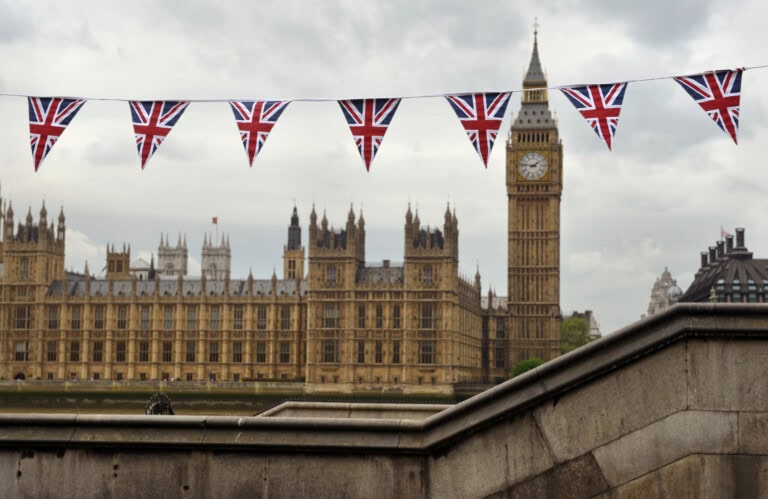Sink or swim – is the built environment ready for climate change?

Human evolution is in some respects its own worst enemy. Modern advancements have put us in the strange position of needing to adapt our infrastructure, cities, town and villages to our own planetary impacts.
Most of us have now seen or heard about the findings of the IPCC’s Special Report “Global Warming of 1.5ºC”. What I found most troubling is that we are already seeing the consequences of a 1ºC global temperature rise and that 1.5ºC is expected by 2030-2052. Of those who tuned into our webinar the other week, 90% said they do not think built environment professionals are doing enough to ensure buildings and infrastructure are ready for this changing climate.
Our webinar explored the potential impacts of climate change on the UK built environment and highlighted some of the measures being taken by the industry to adapt to future climate. The webinar also launched our new climate resilience actor and resource map, designed to help built environment professionals navigate this complex space.
It’s also a fast moving space, as following the summer heat waved and the recent IPPC report, just last Monday, Environment Secretary Michael Gove, launched the Met Office’s most comprehensive picture yet of how our climate might change during this century. The UK Climate Projections 2018 (UKCP18) are the first significant update in 10 years and bring greater clarity to the extent of the expected changes in summer temperatures, more extreme weather and rising sea levels.
Impacts of climate change on the UK built environment
If you thought that we as a nation already moan too much about rain and grey skies, then you won’t like the UKCP18 prediction that as global average temperatures increase, the UK’s climate will get wetter with 35% more precipitation in winter. This increased rainfall, as well as rising sea levels, means there could be as many as one million homes with a high risk of flooding by 2050. Whilst a significant investment of £2.5 billion is set for flood defences between 2015-2021, the majority will be for coastal flooding. If cities and towns are to adapt, they need to become more porous.

It’s also predicted that by the 2040s UK summers will feel a lot like Marseilles and could regularly reach 38.5ºC. But before you add those deck chairs to your shopping basket, it’s worth bearing in mind that this temperature rise will have a severe impact on health and wellbeing, with the aging population suffering the most. It’s predicted that by 2050 around 7,000 people a year will die from overheating. We need to adapt our buildings to stay cool without resorting to air conditioning which would only exacerbate the problem. Perhaps one of the few positives is that climate change could ease fuel poverty in the UK, reducing the number of winter deaths due to cold weather.

Water scarcity for our wet island is rarely discussed, at first this seems like a moot point. Yet its predicted that by 2050 England, Scotland and Wales will be in deficit by around 800 million to 3 billion litres of water per day, with average summer rainfall decreasing by up to 47% by 2070. Buildings are responsible for the majority of the UK’s water demand which will only increase as our population grows. The built environment needs to adapt the way we value water with a greater focus on rainwater harvesting and more effective pipelines.

Challenges and opportunities
Throughout our webinar, a key theme of the discussion amongst listeners was the barriers faced in the implementation of climate resilient buildings. This included assessing what a climate resilient building costs, the lack of government policy and the lack of awareness amongst built environment professionals. It was interesting to hear what they thought we should do next on climate resilience, 52% voted that we advocate for more policy and regulation and 28% voted for us to create new guidance documents.
The internet gives us access to more information then we have ever had before. However, this creates a fog of digital noise leading to difficulties in fully understanding the landscape of a topic. To simplify this process for individuals and organisations working in the built environment, we have created an actor and resource map of the initiatives around climate resilience. This map aims to help prevent the unnecessary repetition of work in this space and enable us to work with other progressive organisations in order to improve the climate resilience of the UK built environment.
Get involved: We are searching the built environment for initiatives on climate resilience to add to our actor and resource map. If you have worked on, or know of, any initiatives, then please share by emailing robert.winch@ukgbc.org.
Or click here to find out more about our climate resilience programme.
Related
Storms, climate change and how we make our cities resilient

How do you create a Flood Resilient City?

Buildings are in the spotlight and it’s industry’s time to shine

The 5 policies UKGBC wants to see in the King’s Speech

